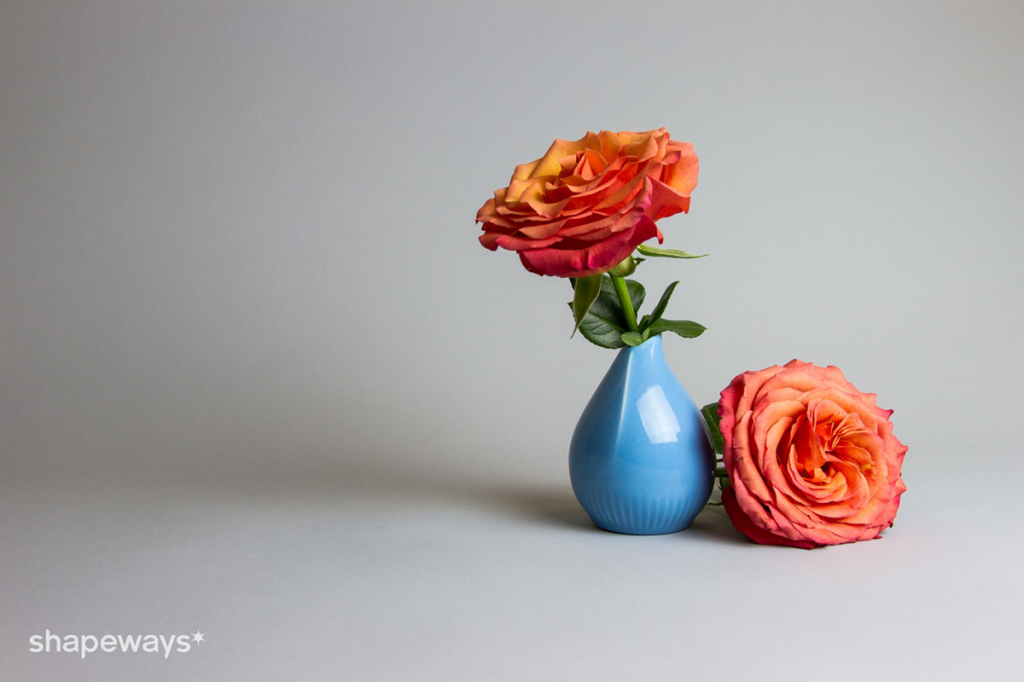During the last couple of weeks, Scott was in receipt of information from a number of Shapeways customers that had been looking to purchase items 3D printed in ceramics via the service. Essentially, they had each received a message from Shapeways saying that it was discontinuing its ceramics service due to a production partner’s inability to fulfil orders on time, and problems with the quality of their prints.
Scott subsequently reached out to Shapeways for confirmation and was told that the 3D printing service provider did, in fact, work with a production partner to produce their ceramic prints but that the partnership was not working out, due to unreliability issues that meant only 30% of all orders were being shipped on time. And that was with an already ridiculous 45 day lead time.
Obviously this is not an acceptable fulfilment rate or processing time for Shapeways or its customers. Thus Shapeways informed Scott that the company was faced with a difficult choice — continue to offer a substandard service or stop offering it and look for an alternative.
Shapeways went with the latter option and chose to discontinue their partnership in order to protect their longer-term relationships with its customers. However, ceramics was one of the more exotic 3D printing materials the company offered and one whose popularity was growing, probably due in no small part to ceramics being among the most versatile, solid and beautiful materials used to make functional objects. It now transpires that Shapeways’ R&D had already begun developing the ‘alternative’ new ceramic — or porcelain — options over a year ago via a new partnership and visibility on that is unveiled today.
The Dutch-American company has been working with Dr. Stuart Uram of R&D company Core Cast Ceramics (previously founder of Certech) to explore the new options for its porcelain offering — working with feedback from its community. The result of the joint study is reportedly a new and groundbreaking process for producing 3D printed porcelain products through the same EOS SLS machines it uses for its strong and flexible materials.

The jointly developed process combines traditional ceramic manufacturing (Dr. Uram is an expert in the production of ceramic cores and components for the aerospace sector and other industries) and 3D printing, meaning it will let designers take advantage of the particular properties of porcelain in terms of aesthetic appearance as well as the geometric complexities possible with additive manufacturing processes.
Shapeways’ porcelain will be available in typical colours such as cobalt blue and matte black, with very high details and thin, translucent glazes. The final products will be compatible for use in ovens and microwaves. They will be safe for food consumption and can thus be for traditional kitchen applications then cleaned in any dishwasher.
Furthermore, the material’s strength and the large print volumes of some of Shapeways’ sintering platforms will allow designers to experiment with larger sized objects compared with any previous ceramic materials for 3D printing, according to the company. An inside source also believes that: “this is the most innovation we’ve put into a material internally yet, and it’s going to blow minds as it rolls out.”



